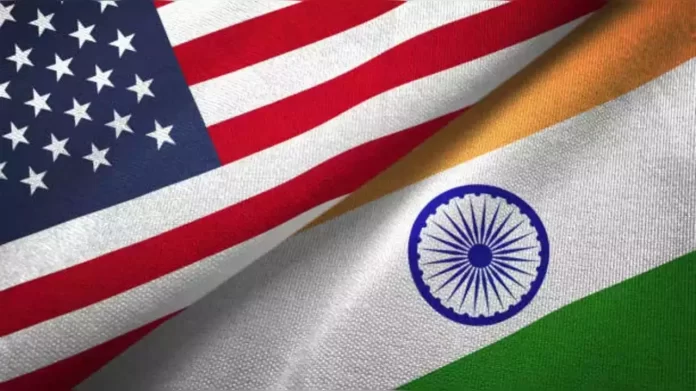According to the most recent Congressional report, 65,960 Indians obtained US citizenship in total, making their country the second-largest source of new citizens in the US behind Mexico.
According to US Census Bureau data from the American Community Survey, 46 million foreign-born people lived in the country in 2022, making up 14% of the 333 million people who call the US home.
Of these, 24.5 million, or around 53%, declared themselves to be citizens by naturalisation.
969,380 people obtained US citizenship in total for the fiscal year 2022, according to the independent Congressional Research Service’s most recent “US Naturalisation Policy” study, released on April 15.
According to the report, “people from Mexico accounted for the greatest number of naturalisations, followed by people from the Philippines, India, Cuba, and the Dominican Republic.”
According to the most recent statistics available, CRS estimated that up to 128,878, Mexican people obtained US citizenship in 2022. The Dominican Republic (34,525), Vietnam (33,246), China (27,038), the Philippines (53,413), Cuba (46,913), and Indians (65,960) came next.
India accounted for 2,831,330 of all foreign-born American nationals as of 2023, second only to Mexico (10,638,429), according to CRS data. China has 2,225,447 foreign-born American nationals, ahead of Mexico and India.
However, according to the CRS research, up to 42% of foreign nationals who were born in India and are currently residing in the US are not eligible to apply for US citizenship.
Up to 290,000 foreign persons with Green Cards or Legal Permanent Residency (LPR) who were born in India could become naturalised citizens as of 2023. According to CRS, some observers have voiced alarm in recent years about the backlog of naturalisation applications being processed by USCIS.
Since FY2020, there has been a backlog of naturalisation applications; nonetheless, the agency has cut the number of applications awaiting processing in half.
USCIS had about 408,000 pending petitions for naturalisation as of the end of FY2023, compared to 550,000 at the end of FY2022; 840,000 at the end of FY2021; and 943,000 at the end of FY2020.
823,702 LPRs filed applications for naturalisation in FY2023. The predicted population of 9 million LPRs who were eligible for naturalisation in 2023 is still far smaller than the number of people who have filed for citizenship recently. The nation of origin is one of numerous factors that affect the percentage of naturalised foreign-born people.
The lowest percentages of naturalised foreign-born immigrants are from Honduras, Guatemala, Venezuela, Mexico, El Salvador, and Brazil, while the largest percentages are from Vietnam, the Philippines, Russia, Jamaica, and Pakistan.
An applicant must meet the eligibility standards specified in the Immigration and Nationality Act (INA) in order to be considered for naturalisation. Being a lawful permanent residence (LPR) for at least five years is usually one of the prerequisites.



































